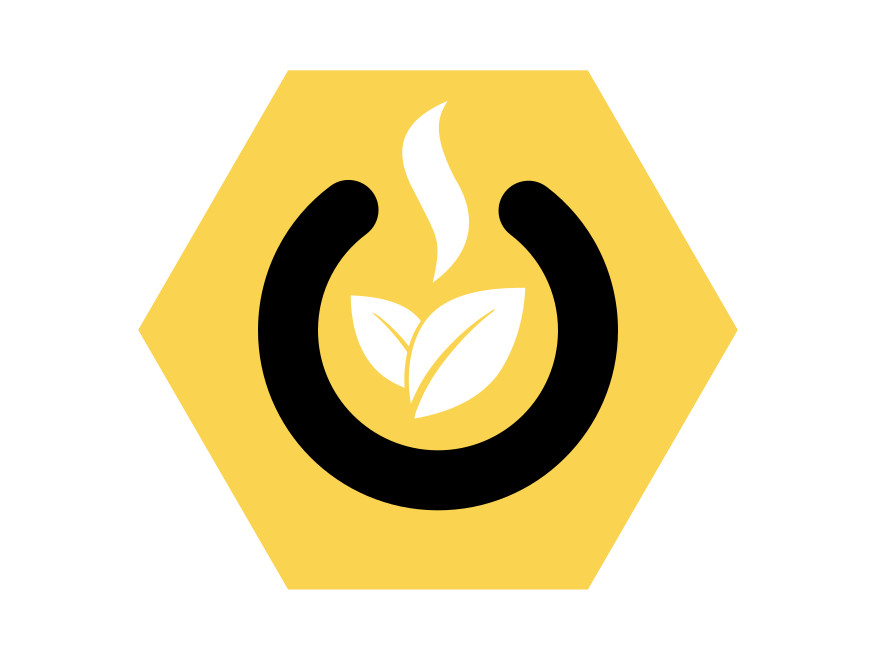
Blueprint – using photosensitive paper
The photosensitive material can now be used for printing. There are several options for this. You can make a photogram: for example, you place leaves, flowers or other things that partially allow light to pass through on the paper and illuminate it. Because thin leaves let through less light than thick ones, a photographic image is created.
Another way is to print from a negative. You can adjust a photo in an editing program to black and white, then invert the colors (so what was white becomes black and vice versa) and print this with a good photo printer on foil or possibly on paper. Good contrast is important! Place the negative thus made on the photosensitive paper and expose it.
The traditional way of reproducing drawings can also be used. Place the drawing on the photosensitive paper and expose. Of course, this works best if the paper is as translucent as possible, for example tracing paper, and if the drawing itself blocks out as much light as possible, for example by using Indian ink. Experience shows that it is also possible with drawing paper and pencil, but the contrast is less and the exposure time is longer.
Light sources
Lighting is easiest with sunlight. Lighted outside, glass windows block a lot of ultraviolet radiation. The exposure time depends on the conditions, in bright sun light, around 1 pm on June 21 the exposure time is short, maybe just a minute. In winter and when it is cloudy, this can be much longer. It also makes a difference whether you use paper or foil as a negative.
Other sources of ultraviolet light are also suitable. An ultraviolet light box with a timer is ideal, but a facial tanner can also do the job. Exposure times should be tried, you can also play with this and underexpose or overexpose.
Once the photosensitive paper has been sufficiently exposed, the image must be fixed. This can be done very simply by rinsing the paper with plenty of water. Preferably do this in a somewhat dark room, for example the kitchen or bathroom with the curtains closed. When the paper no longer gives off a green color, it is fixed and can dry.
The created image may discolour over time, so do not hang it in the bright sun.



